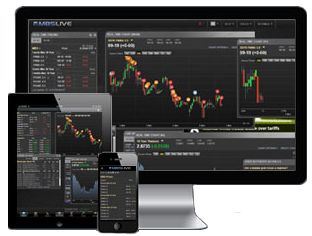So you want to buy a house but already own. These are your options.
Many current homeowners would like to sell their home and trade up or down but aren’t sure how in this competitive Real Estate market. If you’re not feeling stuck because of a 2% pandemic era interest rate and resulting payment shock, then it’s probably the daunting task of selling and buying at the same time. Unless you’re one of the lucky few who can afford to purchase a new home without selling, you’re facing a difficult task. Years of strong housing appreciation have created the largest amount of home equity in US history. American homeowners have on average $315,000 in home equity as of Q4 2024 according to Core Logic. The problem most home shoppers face is how to unlock this equity before selling so they can become an attractive non-contingent buyer. Let’s explore the ways.
A Home Equity Line of Credit can be a very useful tool when trying to access your homes equity. A HELOC will typically give you access to up to 80% of the equity in your home minus the balance of your existing mortgages. This is a very flexible financial tool. Payments are only due on the balance drawn on the credit line and those payments are typically only for the interest accrued on the loan. No principal payment is required, which keeps the payment low. Very handy when faced with the prospect of owning two homes simultaneously. This is a great option for prospective buyers who can afford the payments on both homes in the short term and who have enough equity available for a down payment on the new home.
An alternative but similar option to a HELOC is a Bridge loan. Bridge loans operate very similarly to a HELOC but can often times offer slightly more flexibility in qualifying. A Bridge loan will also rely on the equity in the departing residence to make funds available for the down payment on the new home.
Those who don’t have access to a HELOC or Bridge Loan can consider a 401k loan. Typical 401k plan terms allow the account holder to borrow funds against their balance if they are still an employee with that plans sponsor. Terms and conditions of 401k loans are specific to the 401k plan provider but it’s very common for plans to offer loans of up to 50k. The payments on these loans are made directly through payroll and pay the borrowers funds back with interest. Yes, you’re paying yourself interest, which replaces lost gains while you have a loan against your 401k. The payments on a 401k loan are not considered a debt and do not count toward your debt ratio making this an option for those whose debt ratio excluded them from Bridge or HELOC eligibility. A 401k loan typically costs nothing to obtain and is administered by payroll at no cost.
Anyone considering a 401k loan should contact the 401k administrator for loan details and be aware that the loan is due in full if your employment is terminated. A more creative solution for those lucky few who are good investors is a Securities Based Lending Loan or SBL Loan. SBL loans will provide a line of credit secured by non-retirement funds like stocks and bonds. These loans are also usually very low cost to obtain and don’t necessarily require payments. Interest does accrue while there is a balance on the line of credit, but the accrued interest can typically be added to the balance in lieu of payments and doesn’t count toward your debt ratio. The line of credit doesn’t reduce the amount of assets invested, nor does it require the sale or liquidation of any investments. Any home shopper with more than 500k invested in marketable securities should consider this option for a short-term loan.







